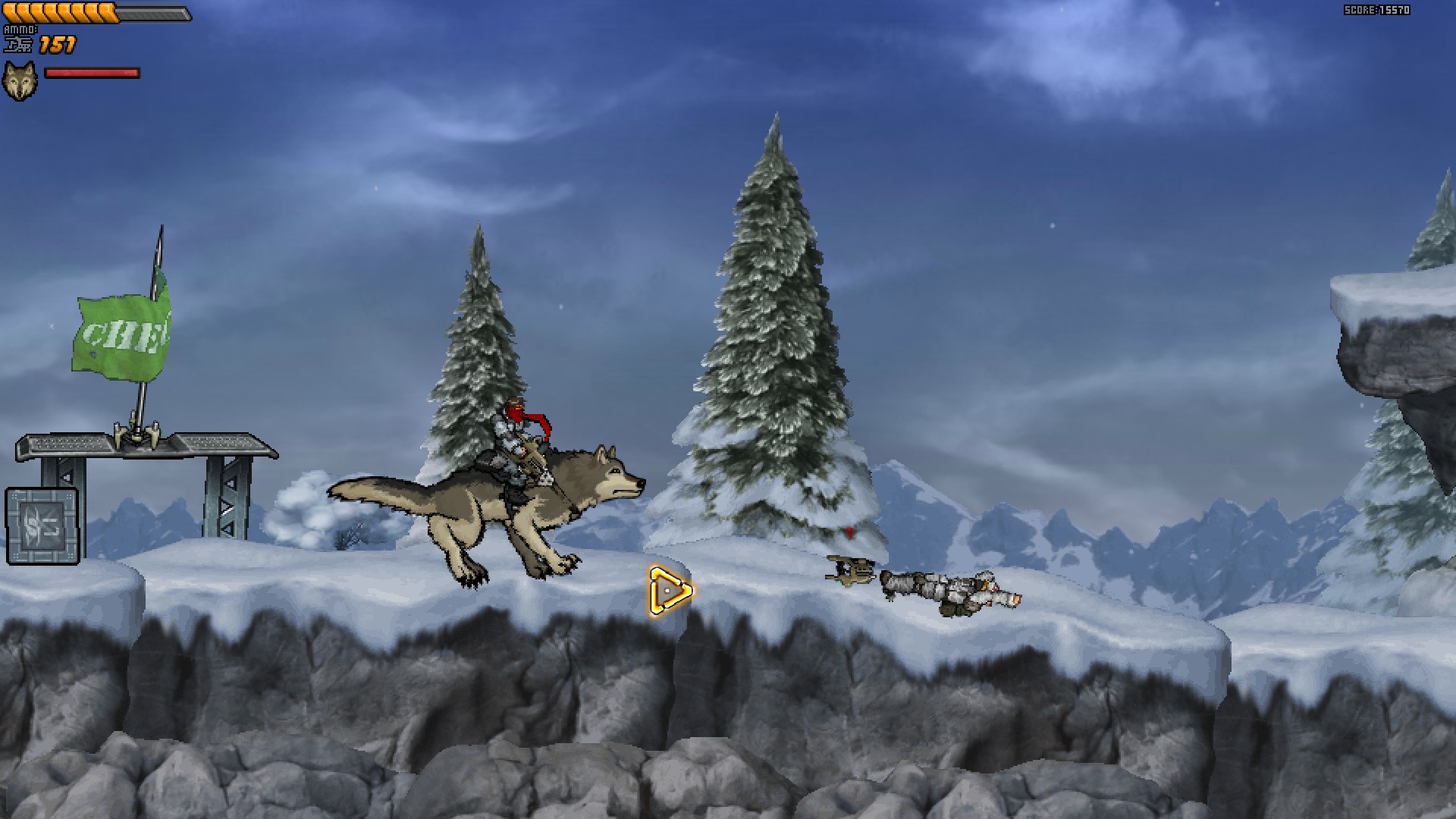
This allowed hot magmatic fluids, which are around 900–1,000 ☌ (1,620–1,800 ☏), to relocate via developing pegmatite and depositing prehnite, calcite and other subsidiary minerals that are found in the upper part of the intrusion, with analcime dolerite (teschenite) and picrite shaping the bulk of the intrusion site. Ĭonsequent to the volcanic activity, which determined the shape of the Prospect dolerite intrusion many million years ago, erosion then undermined the main mass of volcanic material and caused it to fall in on itself and create a shallow, dish-shaped formation with shrinkage cracks that established in the intrusion, as shown by the salient cooled edges of basalt formed by high heat difference between the comparatively cool (and likely wet) sediments and the magma. The eroded residue of the volcanic core forms the site, which was battered down over millions of years to a small extrusion in the relatively flat lands of western Sydney. In the Sydney Basin, igneous activity took place in the Early Jurassic activity that resulted in the shaping of the Prospect dolerite intrusion – This unambiguously points that the sitehad a volcanic origin. ĭiagram of igneous structures (laccolith is C on top-right). The intrusion comprises: prospect dolerite and prospect teschenite, in addition to an abundance of coarse grained picrite, olivine and its prehnite specimens.

Also known as Prospect Quarry, the eroded residue of the volcanic core became a quarry of the basalt plug that was carried out from 1820s until the late 2000s, where it contributed most of the crushed rock that were used for building construction and roads in the Sydney area. The site was formed from around 200 million years ago when volcanic material (hot magmatic fluids) from the earth's upper mantle moved upwards and then sideways, which produced many different minerals in the upper part. At least seven different rock types occur in the intrusion. The site is formed by an intrusion of dolerite rock into Ashfield Shale. Lying in the heart of Cumberland Plain, in the suburb of Pemulwuy (previously Greystanes), the intrusion is Sydney's largest body of igneous rock, rising to a height of 117 metres (384 ft) above sea level. The Prospect dolerite intrusion, or Prospect intrusion, is a Jurassic picrite or dolerite laccolith that is situated in Sydney, New South Wales, Australia. Governor Arthur Phillip and Lieutenant (later Governor) Philip Gidley King The reliability of clinical findings, such as lack of mobility (81.8%), metallic percussion tone (72.5%), and no pain to percussion (66%) was reasonably high, whereas a radiographic feature such as the obliteration of the periodontal ligament space appeared to be only a partly reliable diagnostic tool (52%).Picrite, dolerite, prehnite, basalt, calcite, pegmatite, etcģ3☄9′30″S 150★5′5″E / 33.82500°S 150.91806☎ / -33.82500 150.91806 Coordinates: 33☄9′30″S 150★5′5″E / 33.82500°S 150.91806☎ / -33.82500 150.91806Ĭity of Blacktown and Cumberland City Council Maxillary central and lateral incisors are the primary victims of intrusions and this seems to be identical to other trauma types and is possibly related to the known exposure to impacts of maxillary incisors. The age group of 6-12 years of age was most frequently involved and boys appeared to experience intrusion injuries more frequently than girls, and at an earlier age. The majority of intruded teeth were displaced 2-8 mm. Most often one tooth was intruded (46.3%), followed by two teeth (32.4% ) and three or more teeth (21.3%). A few cases were combinations of intrusion and either crown/root-fractures or root fractures (6%). The most common injury patterns were intrusion without additional injuries (33.5%) and intrusion with crown fractures (60.5%).



The main etiologic factor appeared to be falling which resulted in axial impacts on maxillary or mandibular teeth. This analysis showed that intrusion of permanent teeth was of rare injury only affecting 1.9% of traumatic injuries involving permanent teeth. An epidemiological study of traumatic intrusion of permanent teeth was performed on 216 teeth in 151 patients treated over a 50-year period at a major trauma center in Denmark (Copenhagen).


 0 kommentar(er)
0 kommentar(er)
